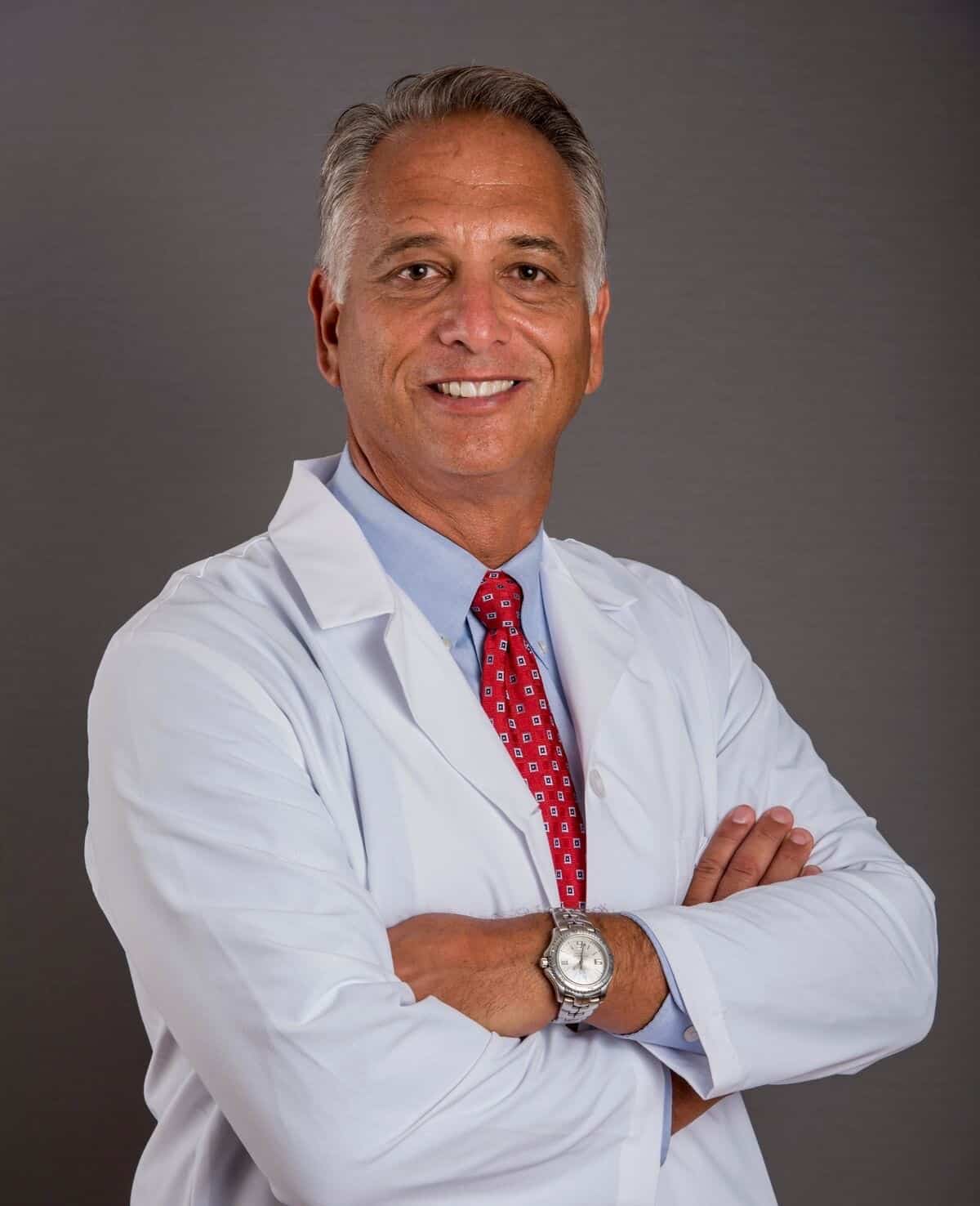Today’s patients want more than skilled physicians; they want, and deserve, a trusting relationship with their healthcare provider. The essential foundation to building that relationship is effective and compassionate communication. Forming these relationships can be difficult, given the time constraints and other daily demands physicians experience. However, physicians can quickly form trusting relationships that lead to better outcomes by using a trainable set of effective and actionable communication techniques that convey compassion in body language as well as words. Once these skills are mastered, physicians can gain both confidence in their ability to handle difficult conversations and efficiency of conversations based on trust.
Following are seven ways to help build a trusting relationship with patients:
- Sit down. Studies have shown that physicians who sit during a patient interaction are perceived as spending more time with their patient than those spending a greater amount of time standing. No matter how much time you spend with your patient, standing up gives the impression of being rushed.
- Give your undivided attention. Demands on physicians for complex electronic documentation often give patients the feeling that we are not paying attention. Using scribes or documenting when away from the patient sends the message that we are interested in what the patient has to say and that they have our undivided attention. Never look through a chart while a patient is talking.
- Listen, don’t just talk. Medical schools traditionally refer to a patient–physician initial interaction as an interview, but this term does not lend itself to quality communication. Avoid “interviewing” a patient with targeted, closed-ended questions. Ask them what they think is going on with their body, and let them fully answer you. Don’t interrupt to ask another question. Listen to what they are saying and also how they are saying it. This is a great time to truly observe the patient.
- It’s all in the delivery. How we say something is just as important as what we say. Speaking clearly and with compassion will help form a physician–patient relationship immediately. Don’t talk to your patient; talk with your patient. If a patient truly feels heard, they are more likely to trust the physician and follow the treatment plan, leading to better outcomes.
- Use correct body language. As much as 70% to 80% of language is non-verbal. As physicians, we are trained observers; however, we often forget that our body language is also being observed and analyzed by our patients. Our thoughts are reflected in our non-verbal language, with which patients can receive strong messages about what their physician is really thinking. If you are feeling rushed, it will show in your body language. See above about sitting. Nodding your head and acknowledging when patients are giving information says you care and that you are listening.
- I am The Doctor. As physicians, we are often trained in a team approach to the care of every patient. However, the team approach can backfire when you introduce yourself as “one of the physicians” taking care of the patient. It can appear as if we are deflecting responsibility. Patients and families cannot form relationships with “one of” the team. Relationships are one-to-one. Referring to oneself as “the” physician responsible for their care forms an instant relationship.
- Be the advocate for your patient. Patients who feel that their physician is genuinely compassionate and treats them with respect are more likely to follow treatment plans, experience better outcomes, and be less likely to file lawsuits when something goes wrong.
Being able to communicate effectively and with compassion is half the battle in helping patients achieve better outcomes. The trusting relationship that results from compassionate communication makes patients more likely to follow the treatment plan and to experience better outcomes while also making those patient interactions more efficient.


 PWeekly
PWeekly